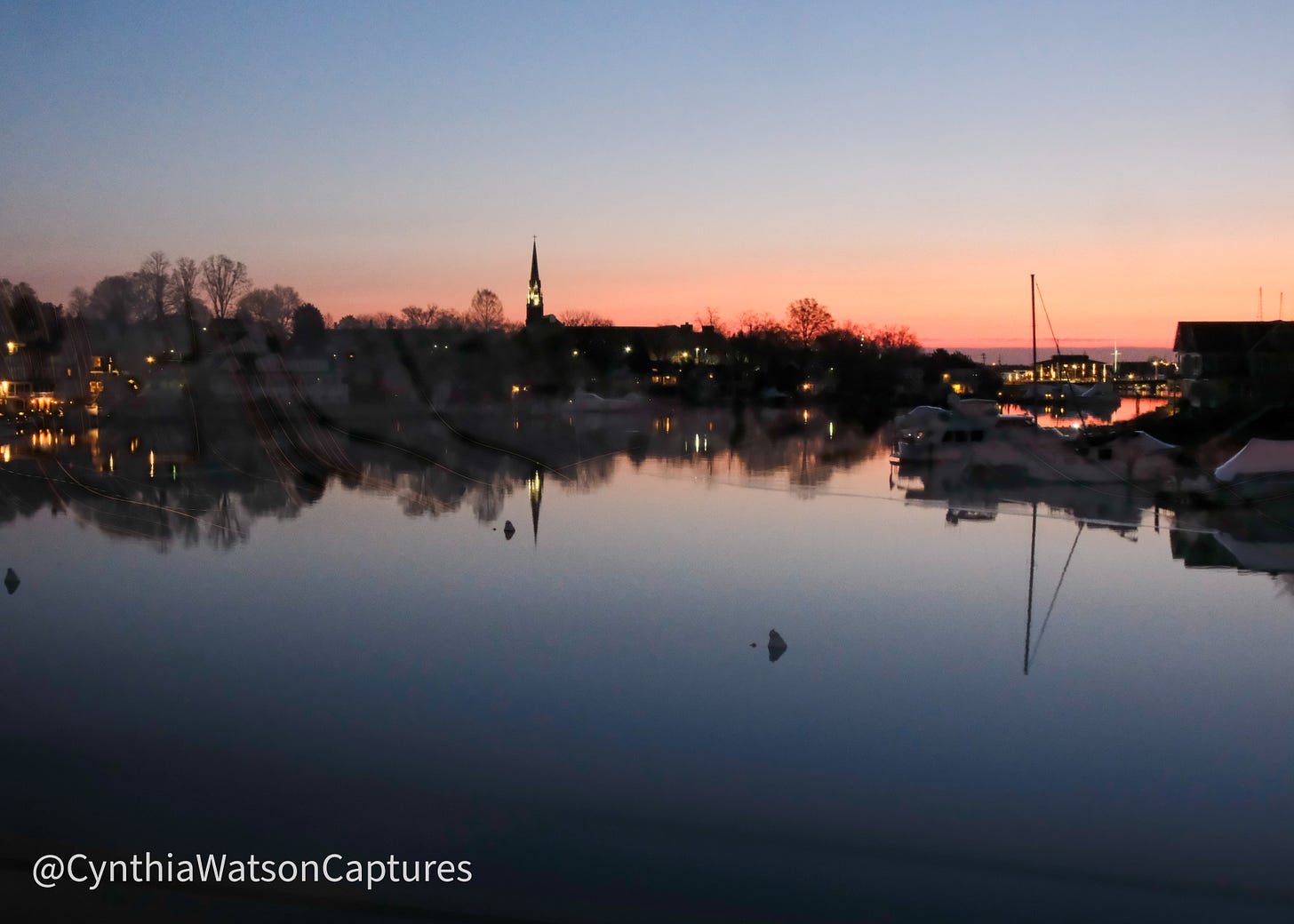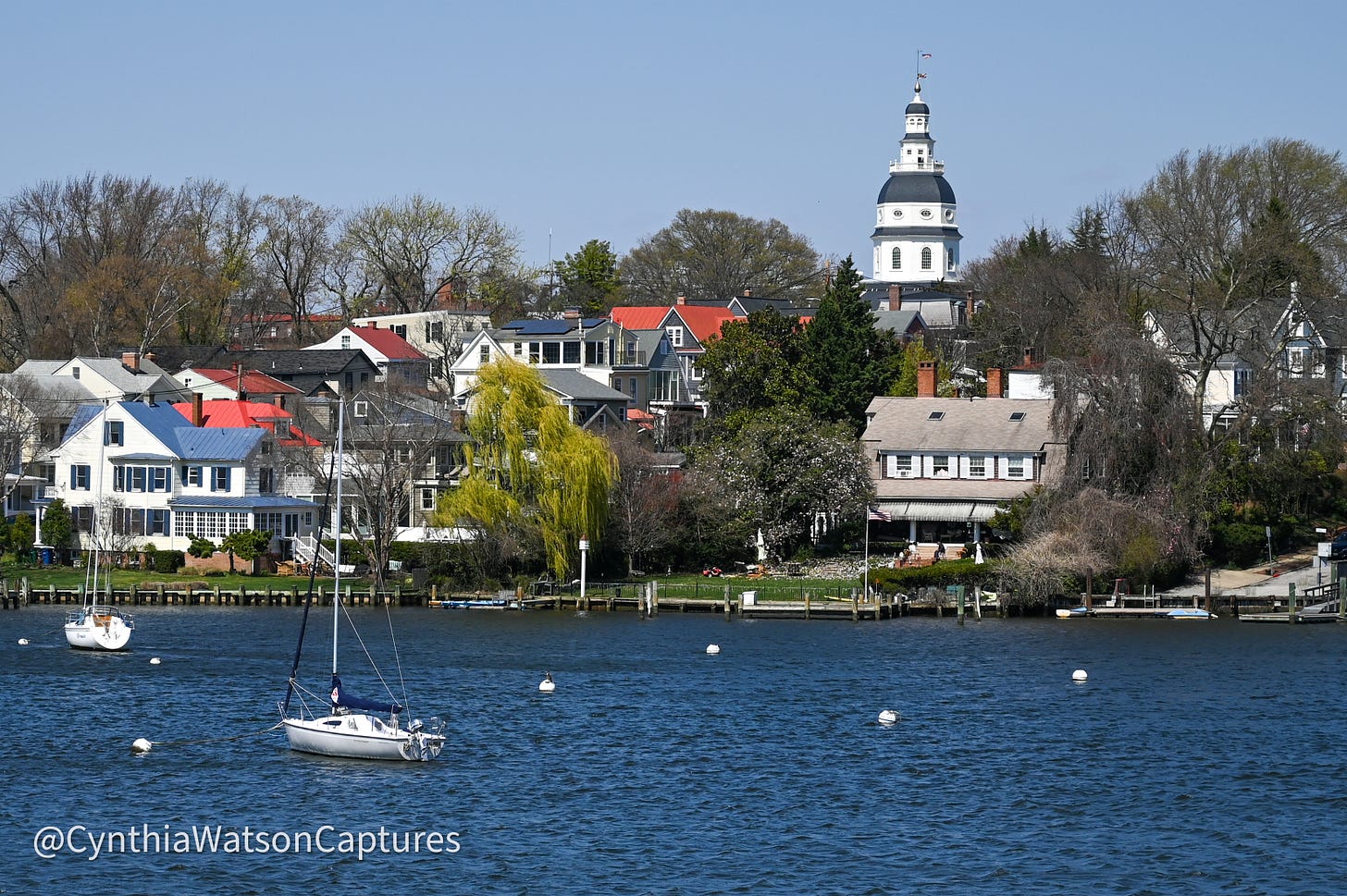The Colombia I grew up in during the 1960s was reputedly the most conservative religious establishment in South America. Pope Paul VI visited in 1968, after I left the first time, for which my school mates and citizens generally were so excited. Colombians were so incredibly proud El Papá would set foot on their soil. Apparently few understood he was coming to reinforce the message that the reforms of the Second Vatican Council between 1962 and 65 (known to most American Catholics as ‘Vatican 2’) were not going to disappear.
Following these reforms, the Colombian church, like all others, would embrace the local tongue rather than distant, formal Latin for Mass to link modern Catholics with their faith in the ‘modern world’. Attempts to heal rifts between the Eastern Orthodox faiths and Roman Catholics were an important outcome of these discussions. Priests received guidance to maintain their role in parishes, under Bishops who retained over responsibility for the specific diocese within which people lived, and various other spiritual rules for the second half of the twentieth century. Priests were still men but the laity, or church goers who were not in the clergy, was to take on a much greater role in the Mass which also allowed for some ritual modernisation. Put another way when I got to Notre Dame, the High Masses were ‘smells and bells’ with incense, lots of formality, and a raft of priests on the altar for the extended event; this was 1030 Mass on Sundays. Under Vatican II, masses could be Saturday night or noon on Sunday or sometime in between with guitars, women helping serve communion, and other innovations. Some people still detest these changes after all these years and not all are Americans with the most conservative portions of Catholicism now in Africa and Asia.
The document resulting from the Catholic confab, I learned from my four years as a graduate student at the University of Notre Dame, ignited a firestorm in many quarters beyond Colombia. Some American Catholics viewed it as a much appreciated opening to a new era with fewer ultimate strictures while others saw Vatican II as a betrayal of the Faith. Eroding in any manner the unerring leadership of Rome and that Pope, a man who his peer cardinals elected to the Chair of Saint Peter, was a fundamental lessening of the Church.
I am not Catholic though Colombia was thoroughly so, with no separation between Church and State in the 1886 Constitution which governed the nation until about 1990 when a new one superceded it. Churches were ubiquitous in Bogotá, holding multiple masses filled to the brim daily. The small number of Jews or non-Catholic Christians kids I went to school with could not marry in the country. Divorce was strictly illegal. Colombian public education had a high religious content, though the private school where I went excused we non-Catholics from those courses. Crucifixes abounded in public places as a reminder of Catholicism and Jesus Christ.
The first Easter when we were there my father decided to take my brother and me out for a rare walk. Personal safety was something which led us on limited ventures outside as Embassy personnel were always on alert for the many kidnappings for which Colombia was already known in the 60s. We probabaly worried too much but that was the context we lived in. Indeed, the 1948-1964 civil war, known simply as La Violencia, was fresh on everyone’s mind along with fear of petty thievery and knife attacks (I barely escaped the latter my senior year in high school though the attacker did win my watch which he could not have known had a broken crystal. Karma, I suppose). When we did go out on foot, it was a big deal.
Except everything was closed on Easter. I mean CLOSED TIGHTLY. People were celebrating in their churches and afterwards at home. The idea of walking to the local shopping area for an ice cream or a package of gum (ah, those days when the smallest of treats were such luxuries seems so quaint). The streets were so bare that we thought perhaps a bomb had gone off but we missed it. On the major Catholic holiday, the stress was on holiday with all the appropriate closures but nothing opened on Easter.
Observing the many holidays celebrating Saints meant many days off of school. Few, if any, events transpired on Sundays before evening as the day focused on Mass even if it were no longer the High Masses of an other era. Many priests obviously still grumbled about the changes as the Pope would not have made the visit without the need to clamp down on a even subtle resistence. It was an era of genuine Papal Infallability in so many ways that any deviation from doctrine to return to the ‘old’ could threaten the Church’s role. These modernisations coincided with both the initial incursions by Protestant missions and the stirrings of the Theology of Liberation which marked that region over the following two decades.
Liberation Theology, perhaps, was a logical outgrowth in some minds to the ideas of Vatican II except that it inverted the power structure in Latin American countries. The Church had played an iron clad role in protecting the status quo of government-military-religion first brought with the Spaniard and Portuguese conquerors in the late Fifteenth Century. The specifics manifested differently in each country but the Church before Liberation Theology could hardly be viewed as a radical left force. It almost invariably was a land-owning institution. Way back, priests received indigenous populations encomienda to teach them Christianity in exchange for labour which devastated the local populations. Encomienda formally ended before the Independence movements of the 1810-25 period but the Church protected the power of those of European heritage over the native populations. Individual priests such as Colombia’s own Camilo Torres ultimately argued for ‘social justice’ but he and those like him before the 1960s were outliers. Torres ultimately abandoned his hassock for a guerrilla outfit as happened with Nicaraguan clerics who joined the Sandinista cause. The Colombian church did not fully pursue the Theology of Liberation but multiple major guerrilla groups sought ‘justice’ for the next five decades.
Liberation Theology had its own strength, unsurprisingly, in Peru and Brasil where desperation was deepest against an entrenched system unwilling to bring indigenous peoples fully into civil society. Colombia, even with its vast geographic differences, never embraced the movement as wholly as did those further south but Pope Paul VI wasn’t taking chance.
Colombia did have Mormons, Seventh Day Adventists, and other Protestant demonimations trying to establish themselves in the country. Sixty years hence, these religions have various strengths both in portions of Colombia but also across the region. Little understood is that many of the Central Americans illegally moving north are Protestants disillusioned with the Catholic church hold on power and the political system which allows such pervasive violence in rural society.
Colombianos live in a tremendously different, thriving society in 2024 that probably thinks little of Vatican II, much less the centrality of the Church. The latest constitution separated church and state in 1991. The country is much more open and welcoming today after the violence subsided in the early 2000s, with much U.S. assistance. The country actually had a full page New York Times advert last Sunday for tourism with the narco wars and guerrillas relagated to the past and the distant portions of the country, although I fear things are not copacetic. I can’t prove it but Colombia seems from my limited exposure to academics, military officers, and cursory reading of newspapers to be a more secular place. I wonder if that shopping center sells Easter Sunday ice cream cones near the Carulla where 90th and Quince cross?
All of this comes to mind because of an encounter this morning as I was walking from the Eastport Post Office back to my car at the nearby shopping center. A woman in a black short sleeve shirt and pants with a backpack carrying a large cross with the crucified Christ on it was walking down Chesapeake Avenue. She could have been in Zipaquirá, a town about 45 minutes north of Bogotá where a the second largest cathedral in the world (according to Dr. Google) is carved out of a salt mine. Millions of pilgrims have gone to that site for decades. They often, as so many did in the 60s, carried evidence of the Crucifiction.
She did not make eye contact. The cross was probably four foot high but could not have been too heavy as she was walking at normal speed but it had the body of Christ affixed to the cross. St. Mary’s Catholic church, in Annapolis proper across the Compromise Street Bridge, might have been her destination but she carried no sign or anything else. She might well have been a pilgram making a statement but it transported me back to Catholic Colombia in a heart beat.
Vignettes like this and countless ones you are recalling right now is why freedom of religion and the Separation of Church and State to prevent creation of a single religion is so ingrained in our history and our psyches. No one disturbed her and she bothered no one but was registering some message with her action. In our society, she was free to do so.
Thank you for reading this column today and any other day. Please feel free to circulate if you think of value. Please know how much I thank you for signing up, especially if you are generously a paid subscriber as I use these columns to promote civil, measured thought about our world.
The rains cleared so we had a sunrise worth its name.
Following that, we now hear strong winds but it is a pretty Friday to close the last workweek in March of 2024. A quarter of the year already passed. Where did it go?
Be well and be safe. FIN
Catholic New Service, ‘Quick Summary of Vatican II’s 16 Documents’, TheCatholicSpirit.com, 21 December 2015, https://thecatholicspirit.com/news/local-news/1-sentence-on-each-of-the-16-documents-of-vatican-ii/





